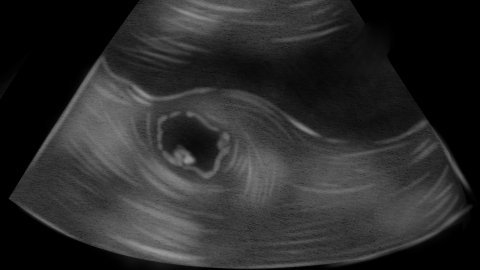Can a 4D color ultrasound detect fetal cleft lip and palate?
Generally, four-dimensional color Doppler ultrasound can detect fetal cleft lip and palate. If necessary, it is recommended to proceed under a doctor's guidance. Detailed analysis is as follows:

Cleft lip and palate result from abnormal development of the oral and facial bones and soft tissues during embryonic stages. Specifically, the maxillary prominence fails to align correctly with the lateral nasal prominence, leading to a cleft in the upper lip area, accompanied by separation and displacement of skin, mucous membrane, and orbicularis oris muscle. Four-dimensional color Doppler ultrasound is a medical imaging technique that uses high-frequency sound waves to produce clear images of the fetal facial structures, including the lips. When sound waves encounter abnormal tissues, they create distinct echo patterns, enabling physicians to identify the presence of cleft lip and palate.
Moreover, four-dimensional color Doppler ultrasound offers multi-angle observation and high-resolution imaging, clearly displaying fetal facial structures from multiple perspectives, thereby reducing the possibility of missed diagnosis due to fetal position or procedural timing. Although diagnostic errors may still occur in some cases, such as mild or high-positioned clefts, due to fetal position or bone density factors, overall, four-dimensional color Doppler ultrasound demonstrates high accuracy in diagnosing cleft lip and palate.
Pregnant women should maintain healthy lifestyle habits and adequate nutrition, avoiding exposure to adverse environments and harmful substances to reduce the risk of fetal malformations such as cleft lip and palate.





